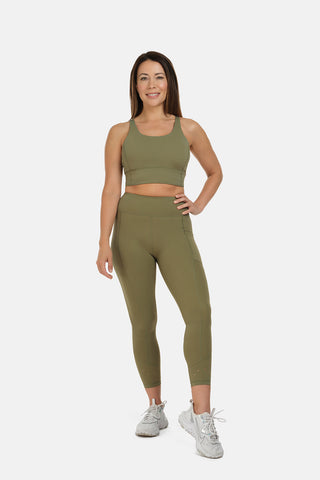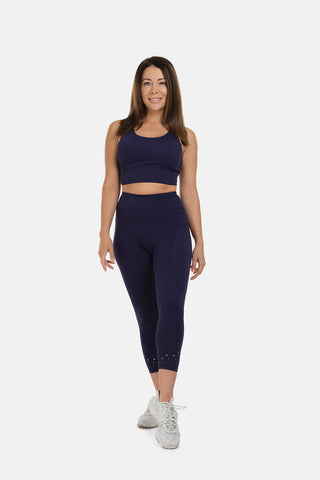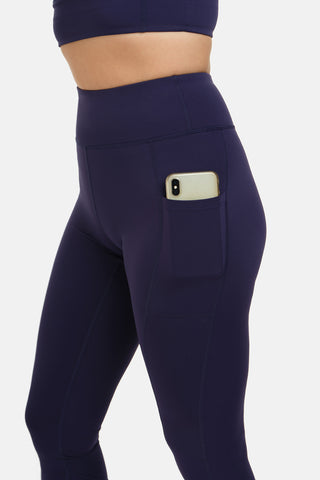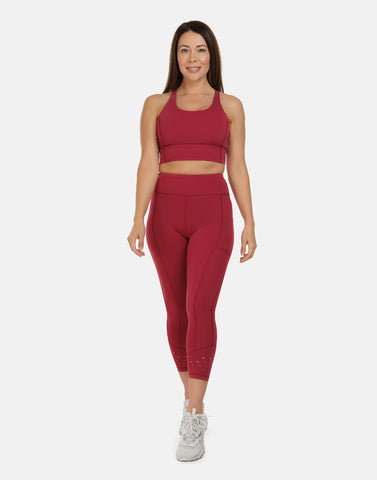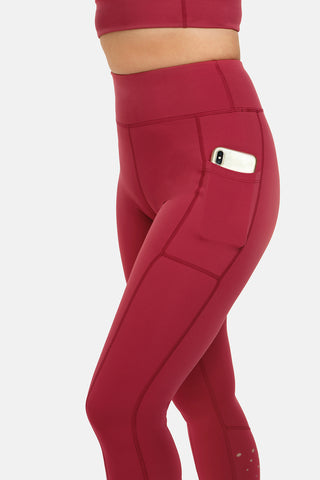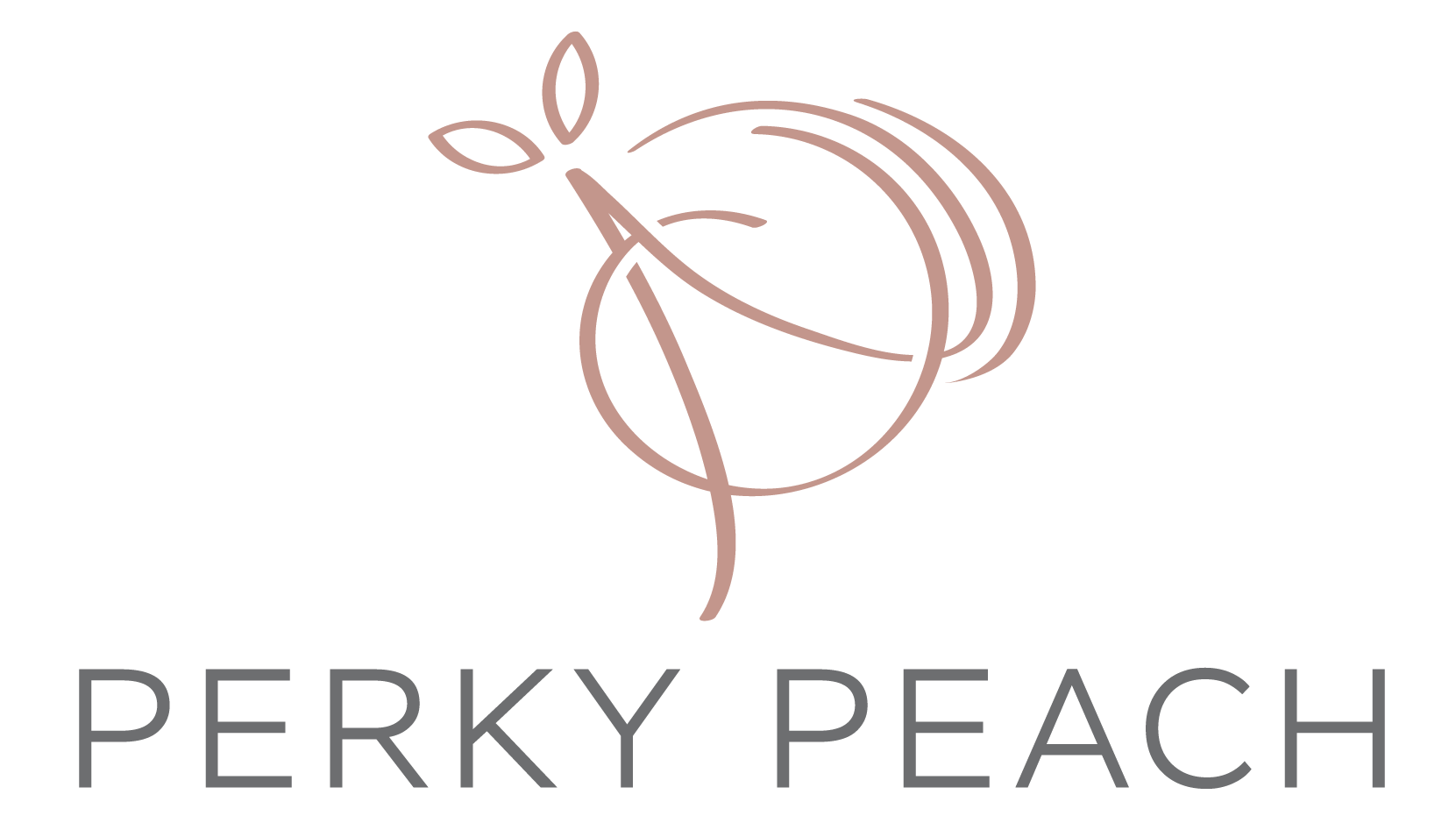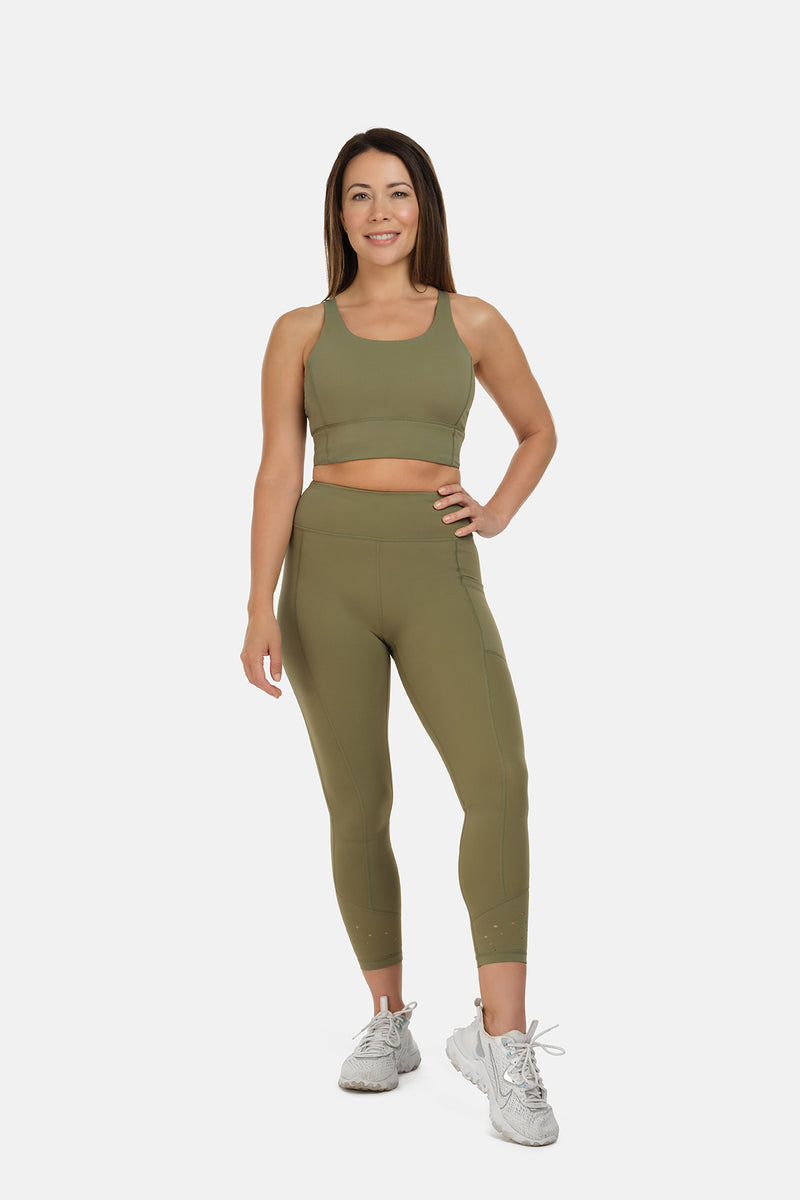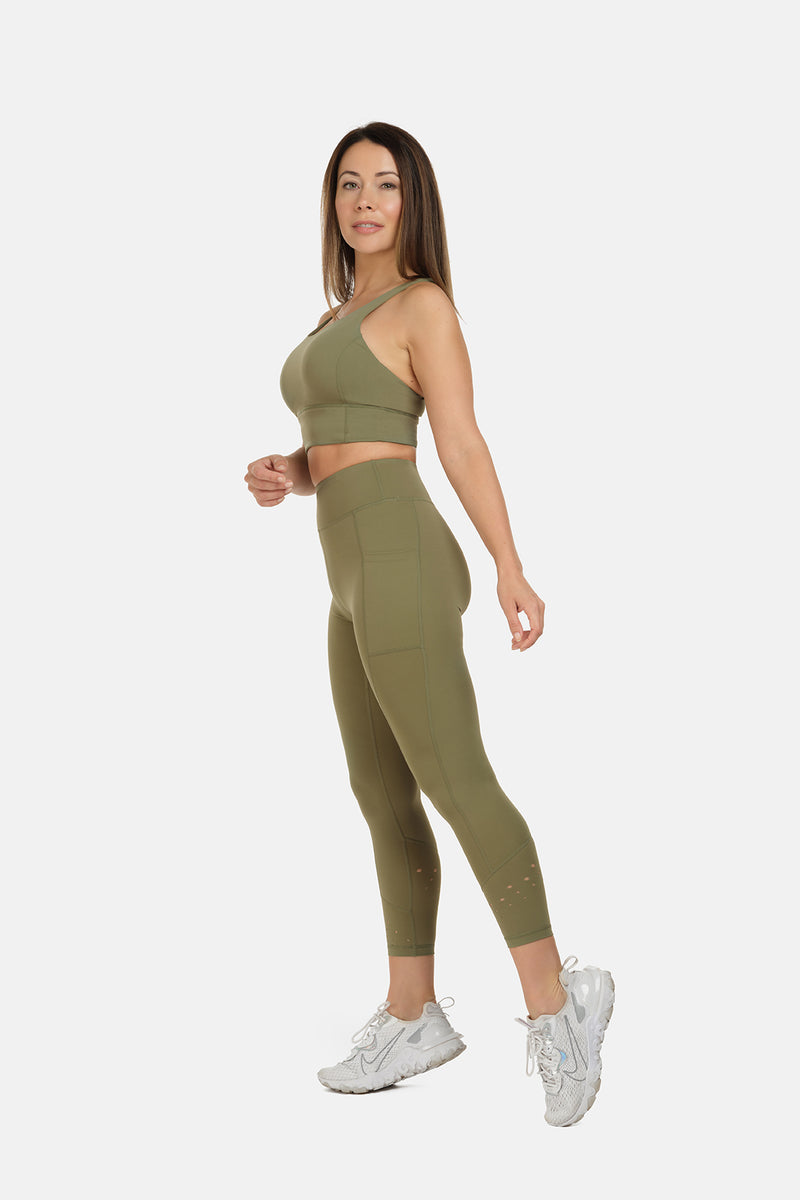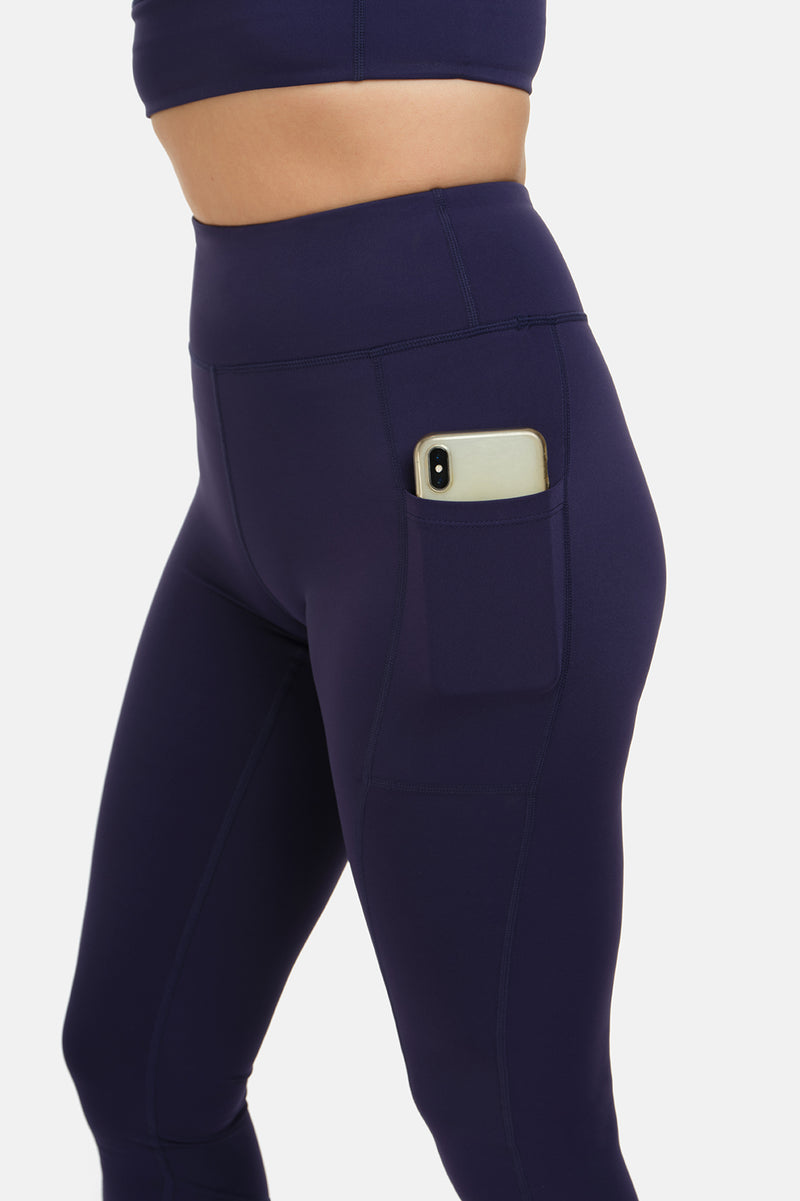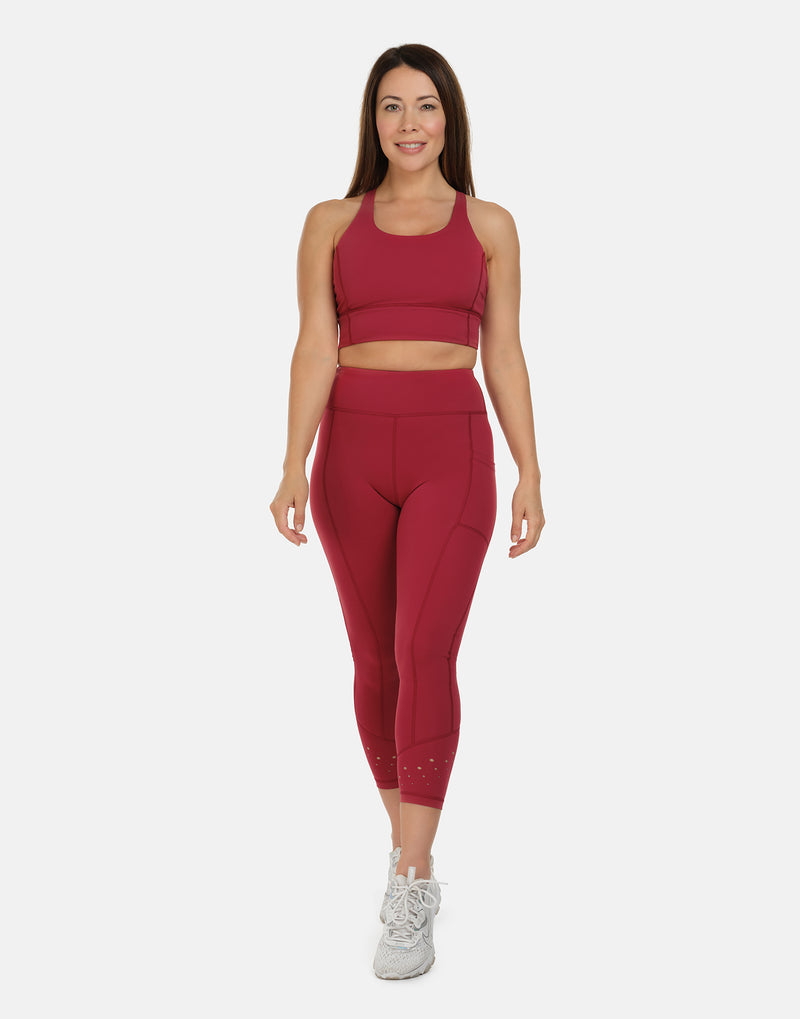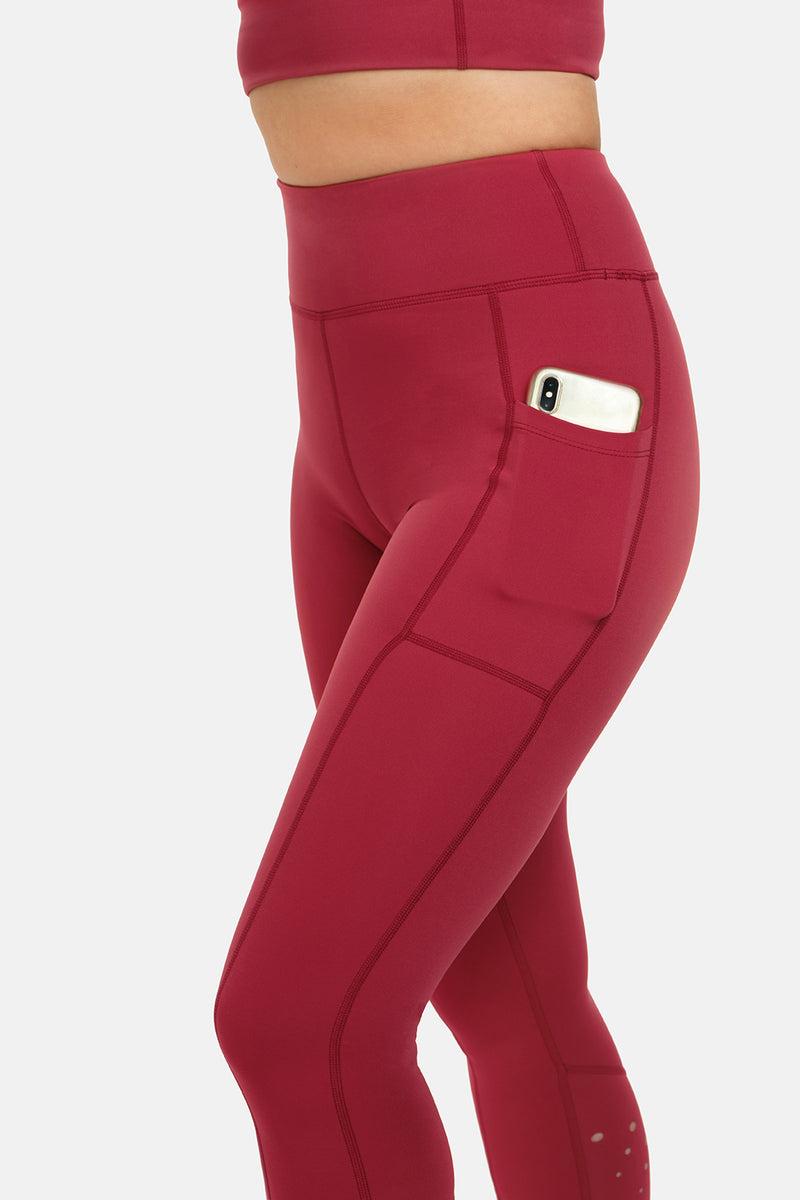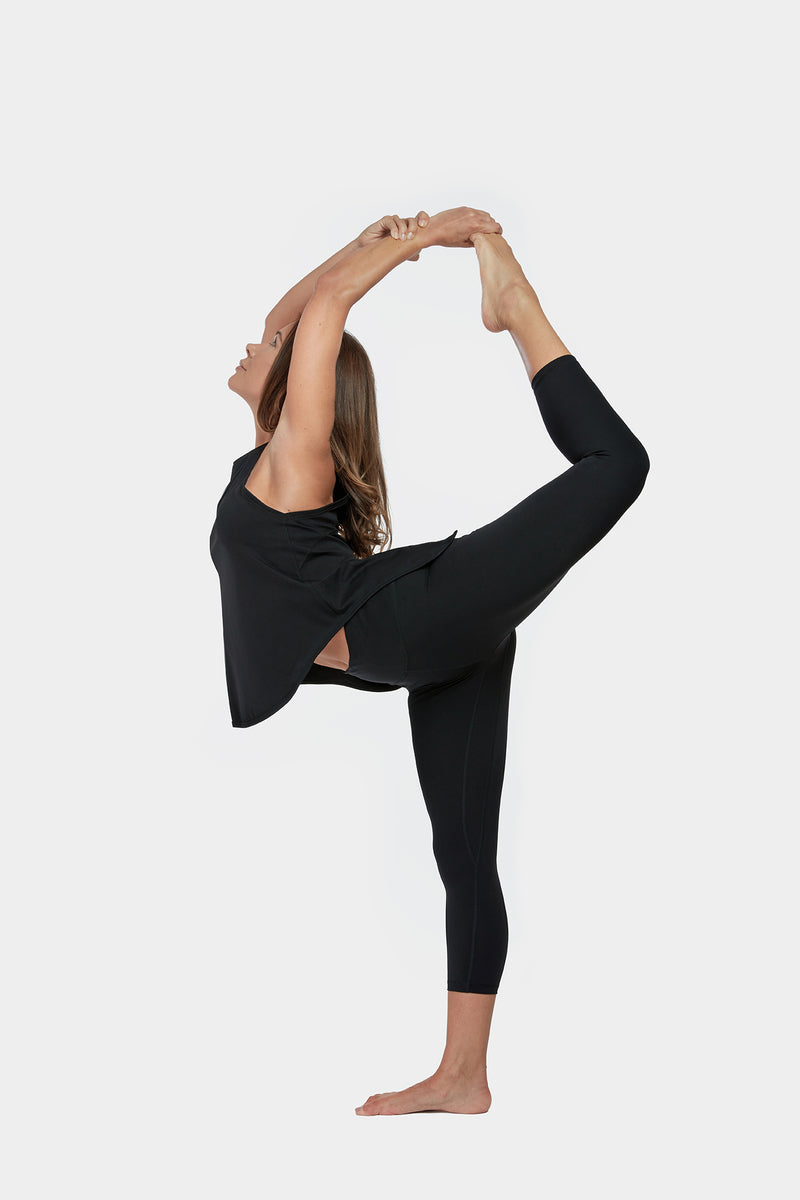How To Make Your Own Face Covering

13 Million tonnes of plastic ends up in our ocean each year and France alone have ordered 2 billion single use masks. Quick maths tells us we could be looking at more face masks in the ocean than jellyfish 😳
Make sure you’re protected with a reusable face mask!
Before we start, it’s worth noting that the Government has suggested that homemade masks may not help the wearer, but could stop you from passing the coronavirus on to others if you have it and are not showing symptoms. Of course, it goes without saying that if you do have symptoms, you should stay inside and isolate for the recommended time.

Design One- The No Sew
This is the easiest and quickest way to make a face mask at home, with very few items needed and only a couple of steps from start to finish. This one also uses materials you have probably got lying around at home.
You Will Need:
Step 1
Step 4
Fold each side into the middle and tuck into the folds.
Hook the bands around your ears and move until it covers both your mouth and nose.
Design 2- Sew It Yourself
If you’re a bit more of a confident crafter why not try this slightly fancier version! Just like the first design, this method uses materials that you’re likely to have hiding somewhere around the house and it even has a handy place to add a custom filter.
You Will Need:
A piece of cloth (big enough to make two 25cm x 15cm rectangles)
Needle and thread
A pair of scissors
Two pieces of elastic (15cm long)
Kitchen roll or a coffee filter
Step 1
From your piece of cloth, cut two rectangles, measuring 25cm x 15cm. Place the two pieces on top of each other horizontally.
Step 2
Next, fold over the top of the fabric by about 0.6cm and use your needle and thread to stitch all the way across.
Step 3
At the bottom, fold up by 0.6cm and stitch 2.5cm inwards from the edge on either side, allowing you to create a filter pocket. The shorter sides should now be folded in about 1cm, leaving enough of a gap to thread your elastic through.
Step 4
Using your elastic, thread a piece through the hem on one side and tie the ends. Repeat this step on the other side of the mask.
Step 5
Put your kitchen roll or coffee filter inside the pocket.
Step 6
Move the fabric around the elastic until you find a comfortable fit for you then stitch the elastic in place. Done!
Once you have got your covering prepped, it is important to look after it as much as you can, so make sure to wash it regularly.
